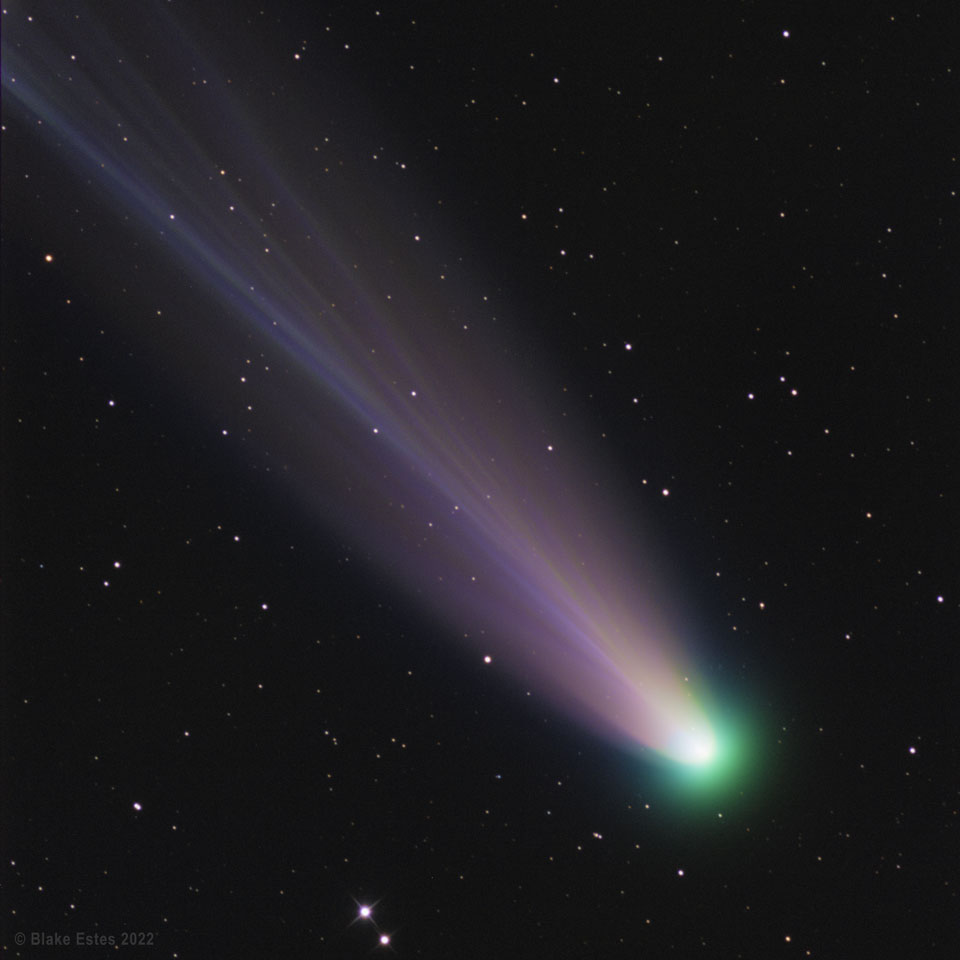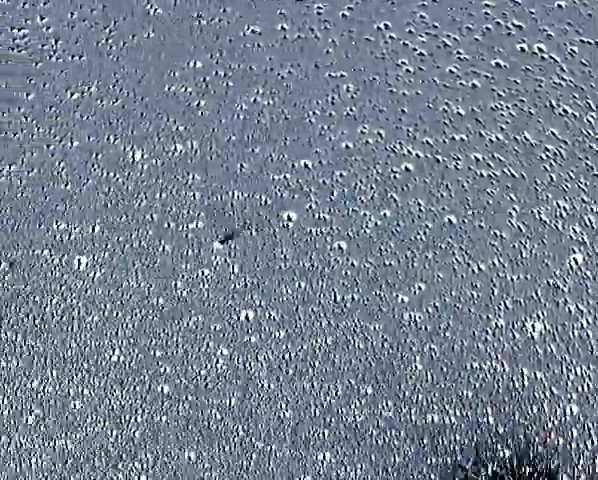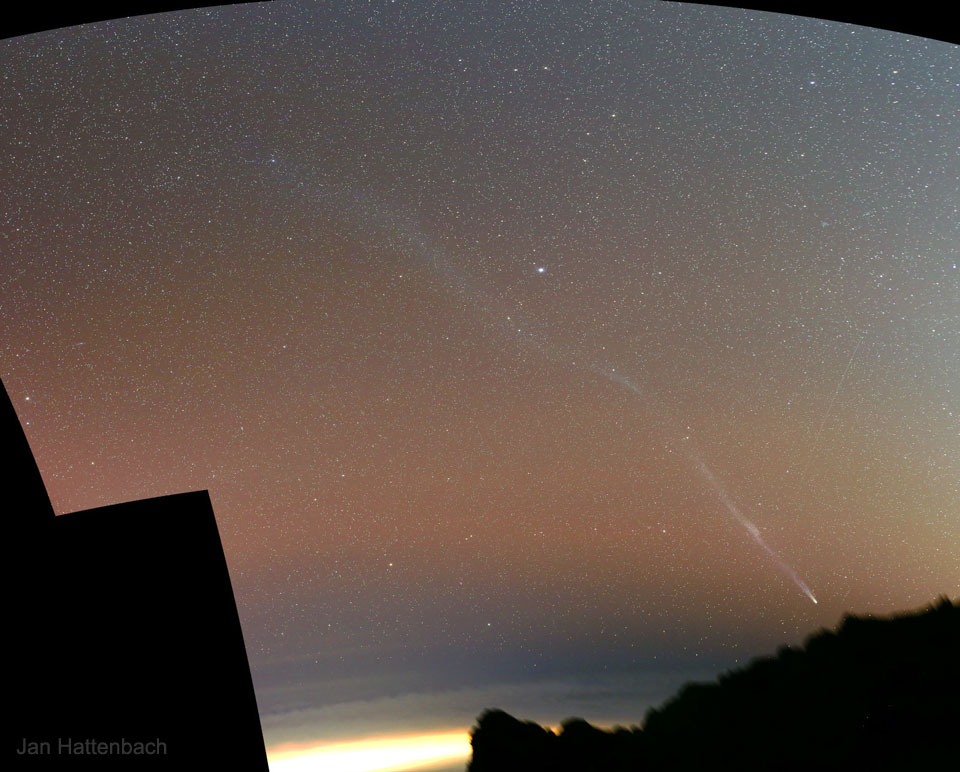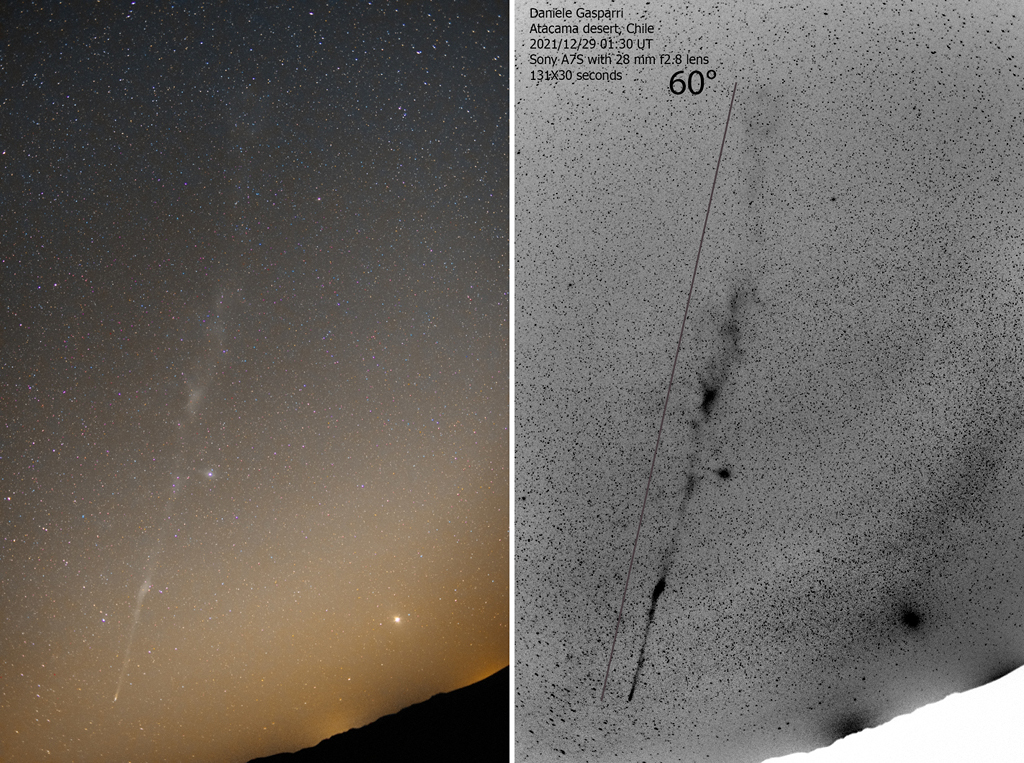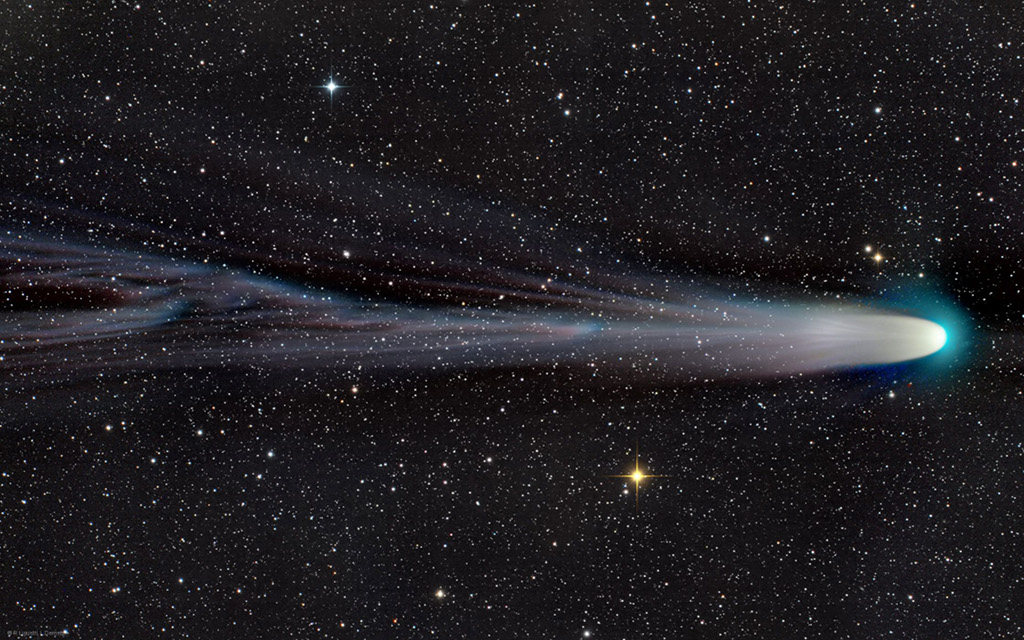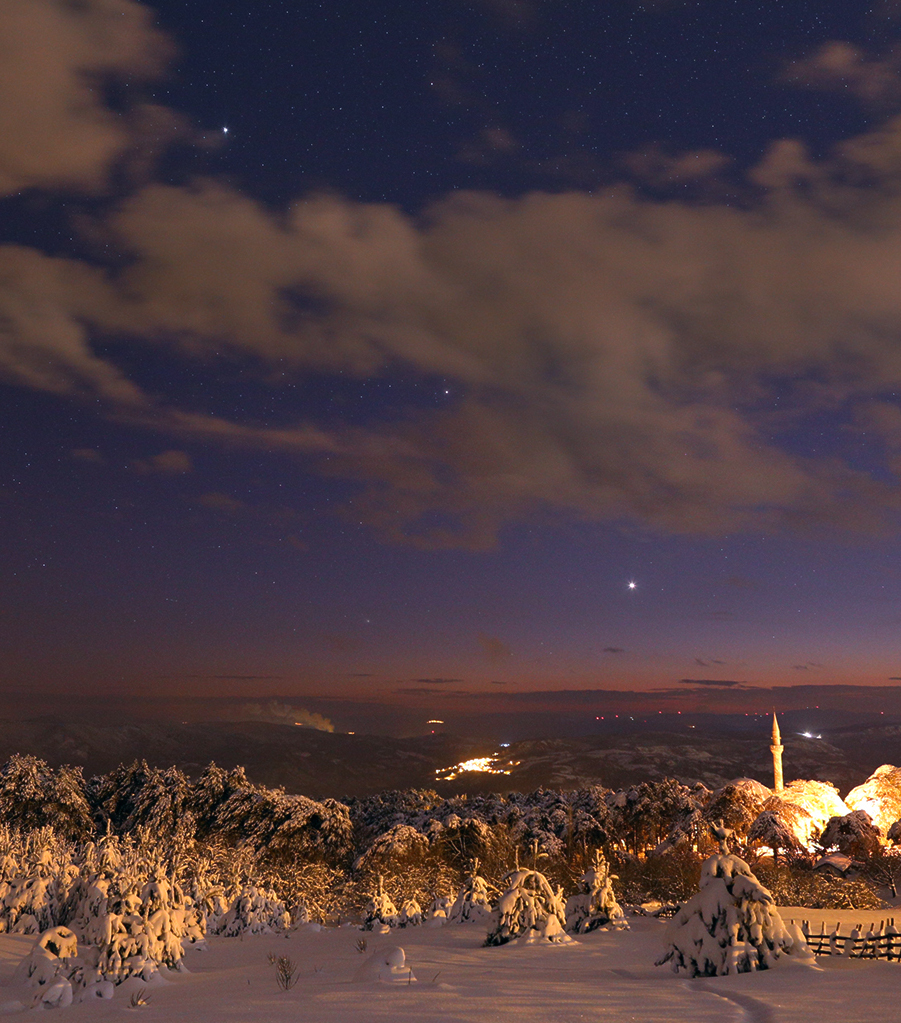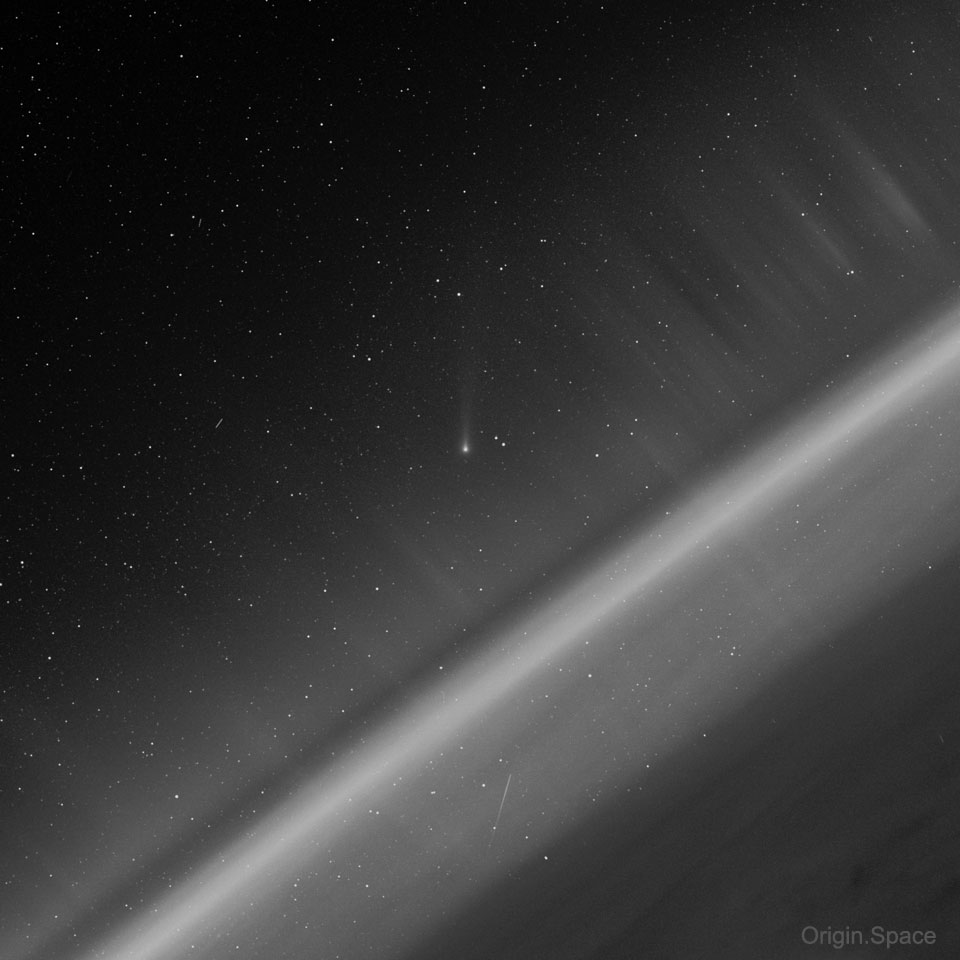影片:李奥纳德彗星的一小时
2022年1月25日 Video: Comet Leonard over One Hour Video Credit & Copyright: Matipon Tangmatitham (NARIT); Text: Matipon Tangmatitham Explanation: Which direction is this comet heading? Judging by the tail, one might imagine that Comet Leonard is traveling towards the bottom right, but a full 3D ana […]


